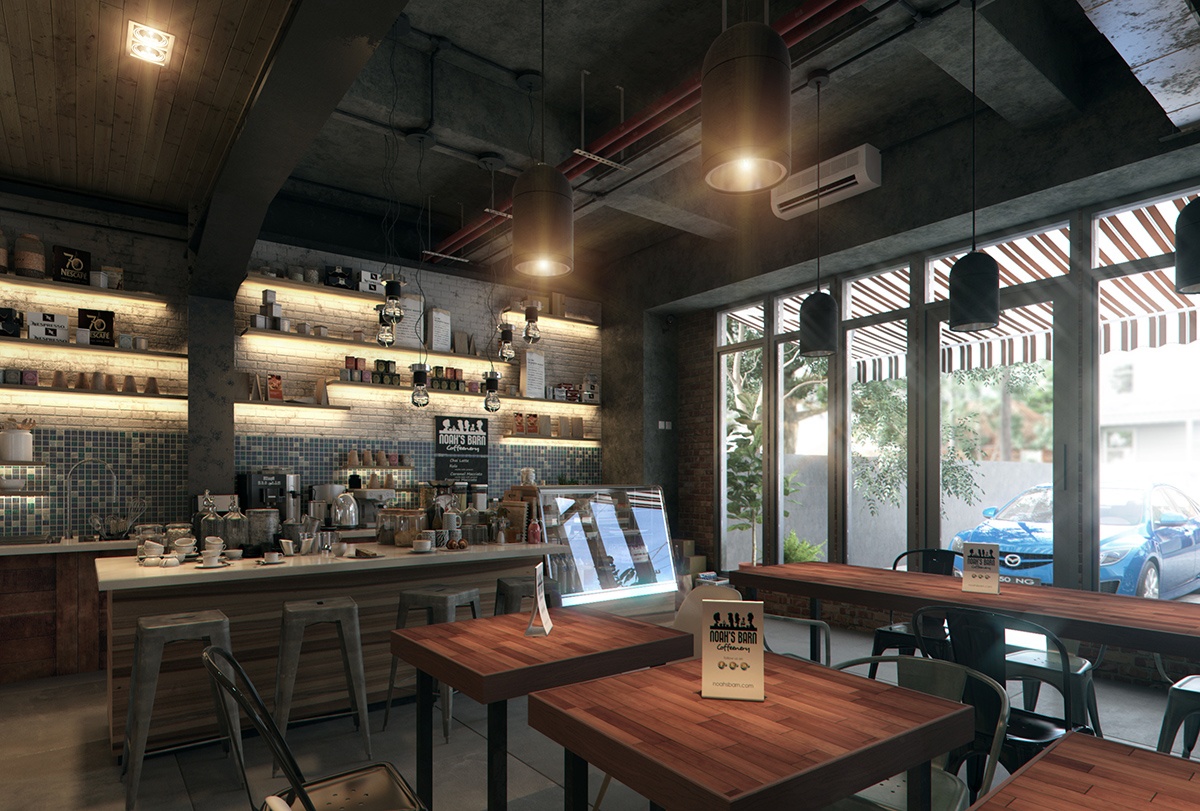V-Ray lights are designed specifically to work with V-Ray and optimize its features. V-Ray also provides shadow options for standard 3ds Max lights, and utilities to assist in the lighting process.
Overview
While you can use 3ds Max standard lights with V-Ray, V-Ray includes a set of lights designed specifically for rendering with the V-Ray engine.
V-Ray also provides two shadow options for standard 3ds Max lights: Ray Traced shadows and Shadow Map shadows. These shadow types work similarly to their standard 3ds Max counterparts, but are optimized to work with V-Ray.
The V-Ray Light Meter utility helps evaluate the lighting in a scene so adjustments can be made to improve lighting.
Image courtesy of Sonny Ferian
Types of Lights
As with standard 3ds Max lights, you can create these lights using the Lights tab on the Command Panel:
- Area lights shine from a light source contained within a specified area or boundary. There are several types of Area lights.
- A Sun light simulates the sun, creating a single bright light for daytime exterior and interior scenes.
- Photometric lights use IES files to determine the shape of the light cone and light falloff.
- Ambient light is the kind of flat, evenly-distributed light seen at dusk and dawn in real life.
Depending on the scene and the effect you are trying to create with light, you might elect to use only one type of light, or any combination of lights.
Light Icons at a Glance
Area Lights
Area lights are useful for simulating man-made light sources in an interior environment, such as lamps. An Area light can have any one of many different shapes: plane, disc, sphere, or the shape of a mesh object. A dome light, which creates light within a dome shape to create a traditional global illumination setup, is also considered an Area light. For more information, see VRayLight.
Sun Light
A Sun light is a spherical light source placed at a specific location which simulates the sun in the sky. A Sun light has some unique qualities:
- Sun light rays that strike the scene objects are treated as parallel to one another regardless of how far the Sun object is placed from the scene objects, producing the parallel shadows that our own sun creates.
- A Sun light is designed to be used with global illumination; when the light bounces around the scene, the resulting rendering looks very much like sunlight in real life.
- A Sun light can work in conjunction with a Sky environment background to provide realistic lighting and coloring for the scene when used with GI. Often, Sun/Sky is the only lighting setup needed in the scene to produce a photo-real rendering.
- The Sun/Sky combination is suitable for an exterior scene, or for an interior scene with windows or other openings for the sunlight to come through.
For more information, see VRaySun.
Photometric Lights
Photometric lights are designed to simulate light sources exactly as they behave in real life by loading and using an IES (Illumination Engineering Society) file with details about the light's behavior, such as how the light passes through lenses and its intensity and falloff. For more information, see VRayIES.
Ambient Light
Ambient light permeates a scene and illuminates from all angles equally without providing contrast. For more information, see VRayAmbientLight.
Shadows
V-Ray also provides shadow types that work with standard 3ds Max lights. These shadow types take into account V-Ray-specific features such as V-Ray Proxies, Displacement, and Fur. For more information, see VRayShadow.
Utilities
The Light Meter helper shows how a scene is illuminated, which can aid in troubleshooting or in adjusting lights. For more information, see VRayLightMeter.
Lighting Tools
The following tools are provided by V-Ray to assist with lighting:
- Light Lister - This UI window is a handy way to modify many common attributes of all of the lights in the scene. It works with both V-Ray lights and standard 3ds Max lights.
Light Meter - The VRayLightMeter helper is an aid for showing how a scene is illuminated and is intended to simulate the use of a real-life light meter that is used in photography and film production.
The information that is presented by VRayLightMeter does not change or otherwise affect the lighting in the scene in any way; it only reports on it. This helper is intended to provide information so you can make adjustments to the scene's lighting at your own discretion.
Notes
- When the Store with irradiance map option is enabled on any V-Ray Light, it is then no longer treated as a direct light source and will not be available within the Light Select Render Element.

